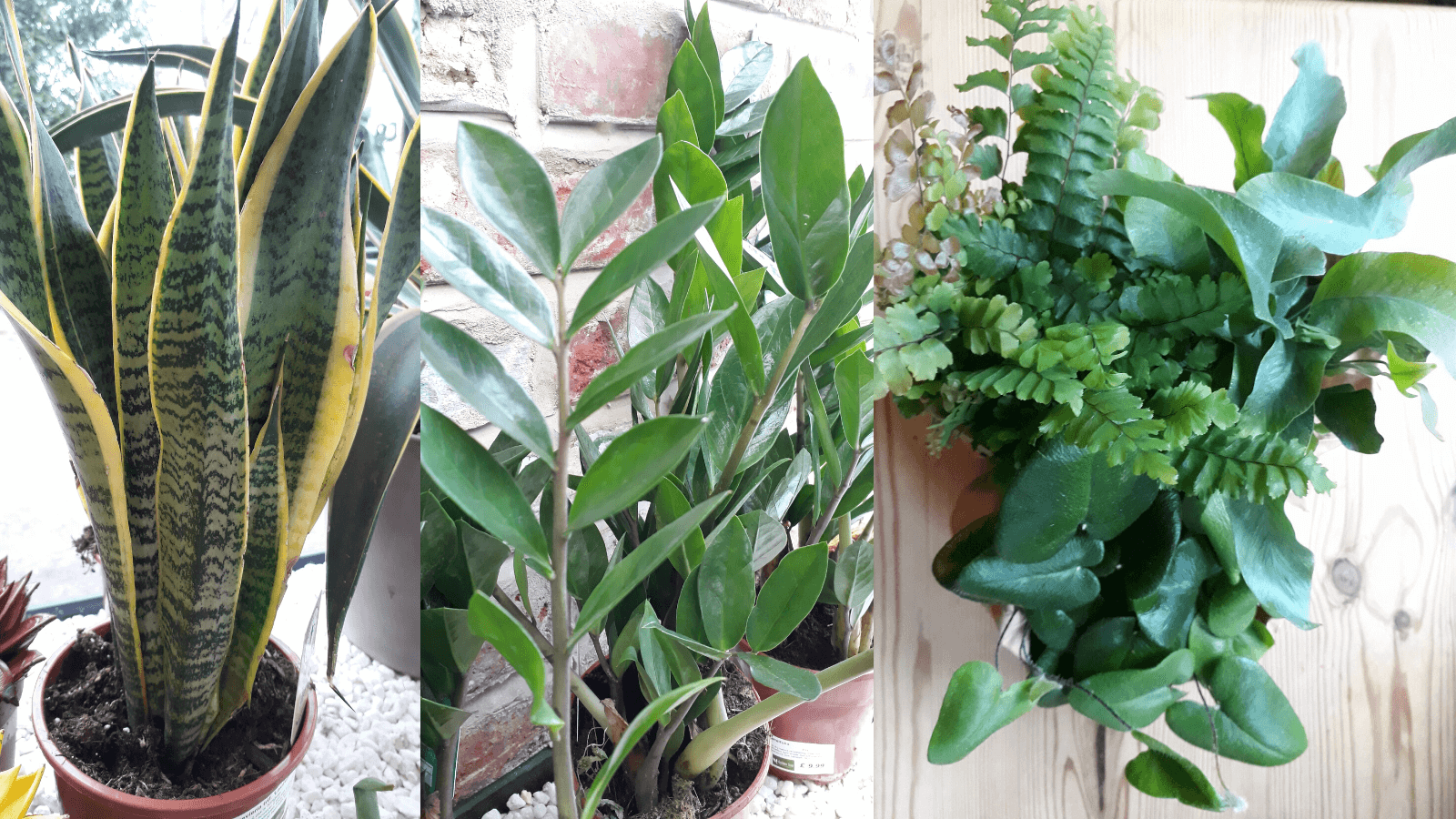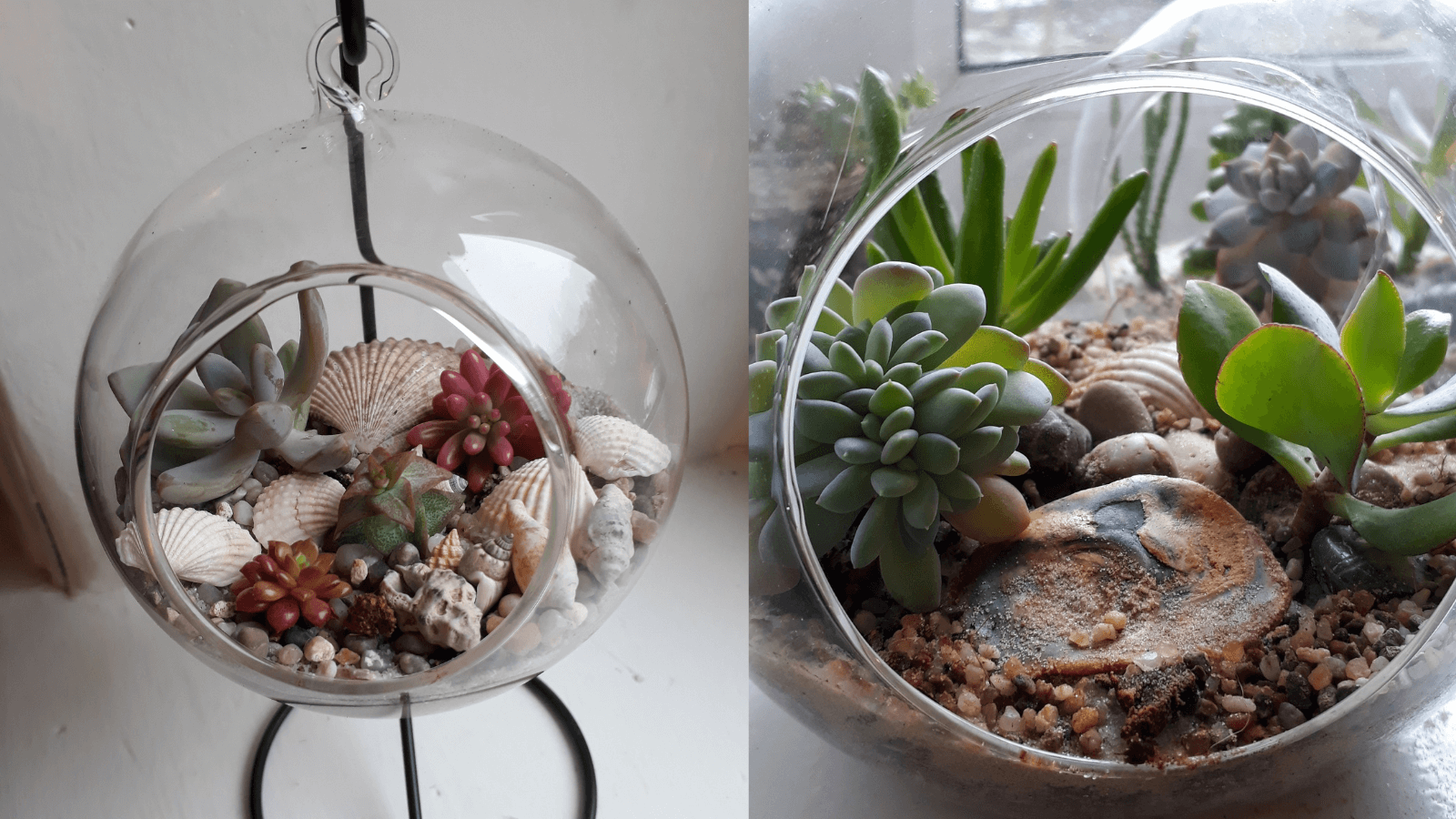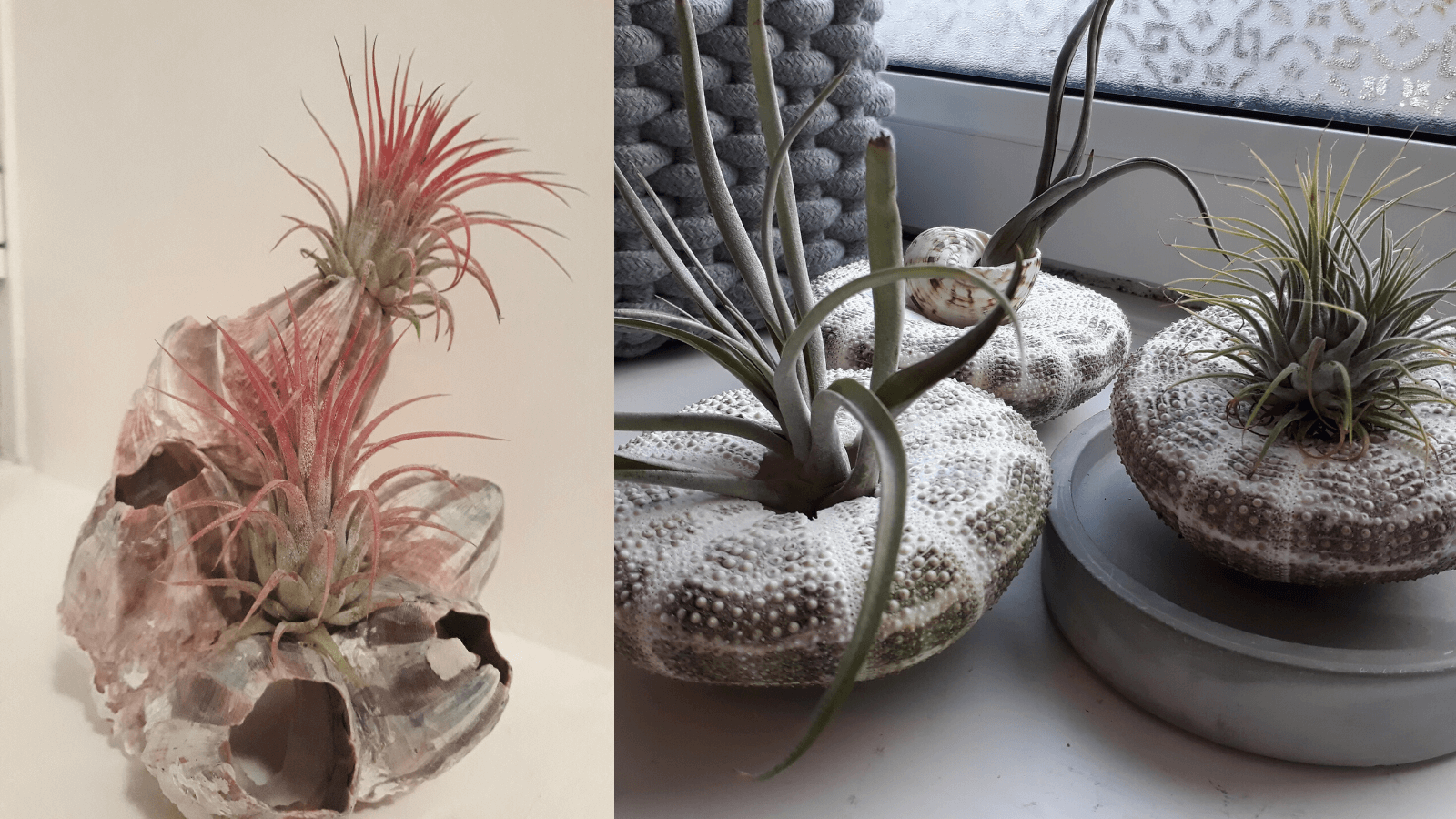Wellbeing Week: How plants can help your wellbeing
For this year's Wellbeing Week, we're taking a look at how plants are the ideal way to enhance your living environment - and can make you feel good too.
By Sue Jeffries, Horticulturist
Houseplants can have a calming effect on the mind as they can be fascinating to look at and contemplate, but not demanding. You can interact with them; touch and smell them and watch them grow and flower and they’ll make your room feel homely. Some can also support your physical health by filtering harmful chemicals out of the air. If you grow herbs, you have the bonus of adding them to food or drinking them as teas.
Whatever the size of your room or space, if you have some light, you can grow houseplants.
Research studies have shown that “living and working alongside plants [many people found]"…
- Their mood levels improved
- They felt less stressed
- They felt more productive
- Their attention span improved
Most student unions have regular houseplant sales, and many florist shops, supermarkets and garden centres are stocking houseplants. There are lots to choose from but you need to make sure you’ve got the right environment for them. After all, if houseplants can make YOU happy, how can you make sure that you keep THEM happy too?

All plants need some light, but some grow in the wild in tropical jungles and so are used to shade and can cope with a small amount of indirect sunlight. Other houseplants grow in dry deserts and need warm, sunny conditions. Tropical plants also appreciate humid conditions so they are great in bathrooms, but you can create humid conditions with regular water spraying.
Houseplants and where to put them
In the shade
- Spider Plant, also purifies air
- Peace Lily, also purifies air
- Snake Plant, also purifies air
- Devil’s Ivy (hanging plant), also purifies air
- Zamioculcas zamifolia (ZZ Plant), also purifies air
- Indoor ferns

In sunny, indirect light (ideal for open glass terrariums)
- Jade/Money Plant (Crassula), also purifies air
- Cactus
- String of Pearls – hanging plant
- Tradescantia zebrina – hanging plant
- Most succulent plants (those with thick, fleshy leaves)
- String of Hearts (hanging plant), also likes direct light
- Ruby Glow Radiator Plant (avoid draughts)
- Aloe vera

In humid areas or bathrooms
- Air Plants – these don’t need compost or a pot (arrange them on sea shells or driftwood)
- Blue Star Fern
- Birds’ Nest Fern
- Green Lady Boston Fern, also purifies air
Watering houseplants
No houseplant likes to be over-watered. In a pot there is nowhere for too much water to go, so it will rot the roots and leaves if the plant is sitting in water. Before you water, feel the top of the compost to check if it is dry and then have a look at the bottom of the pot to see if that is dry too. If the compost is moist you don’t need to water at all, but if it feels dry you should water the plant.
Generally plants will need more water:
- If the environment is dry, sunny and warm
- During summer when the plant is actively growing
- If the plant is large
If you over-water:
- The compost may go green at the top (this will be algae growing which likes wet, sunny conditions)
- The plant roots will rot
- The leaves may develop black spots
If this happens just stop watering, empty out the pot if there’s water at the bottom and let the compost dry out before you water it again. Make sure the plant is in a container with drainage holes.
If you under-water:
- The plant will stop growing
- Succulent (thick) leaves may shrink and wrinkle
- Softer leaves will wilt and develop brown leaf tips
If this happens just water the plant well – watering from the bottom is the best way to re-hydrate the plant (stand the plant in a shallow bowl of water for 20 minutes so the compost can be re-wetted).
Feeding houseplants
Your houseplant only has a pot to grow in, so it doesn’t need lots of fertiliser – a liquid feed once a month from April to August is plenty. Just follow the instructions on the container and add a few drops/grains of fertiliser to the water.
More useful info on caring for houseplants
Websites
Podcast
Search
Location inspiration
If you're not sure where you're heading yet, take a look around our properties in all corners of the UK.

Great Newton House, Liverpool

Shoreditch, London